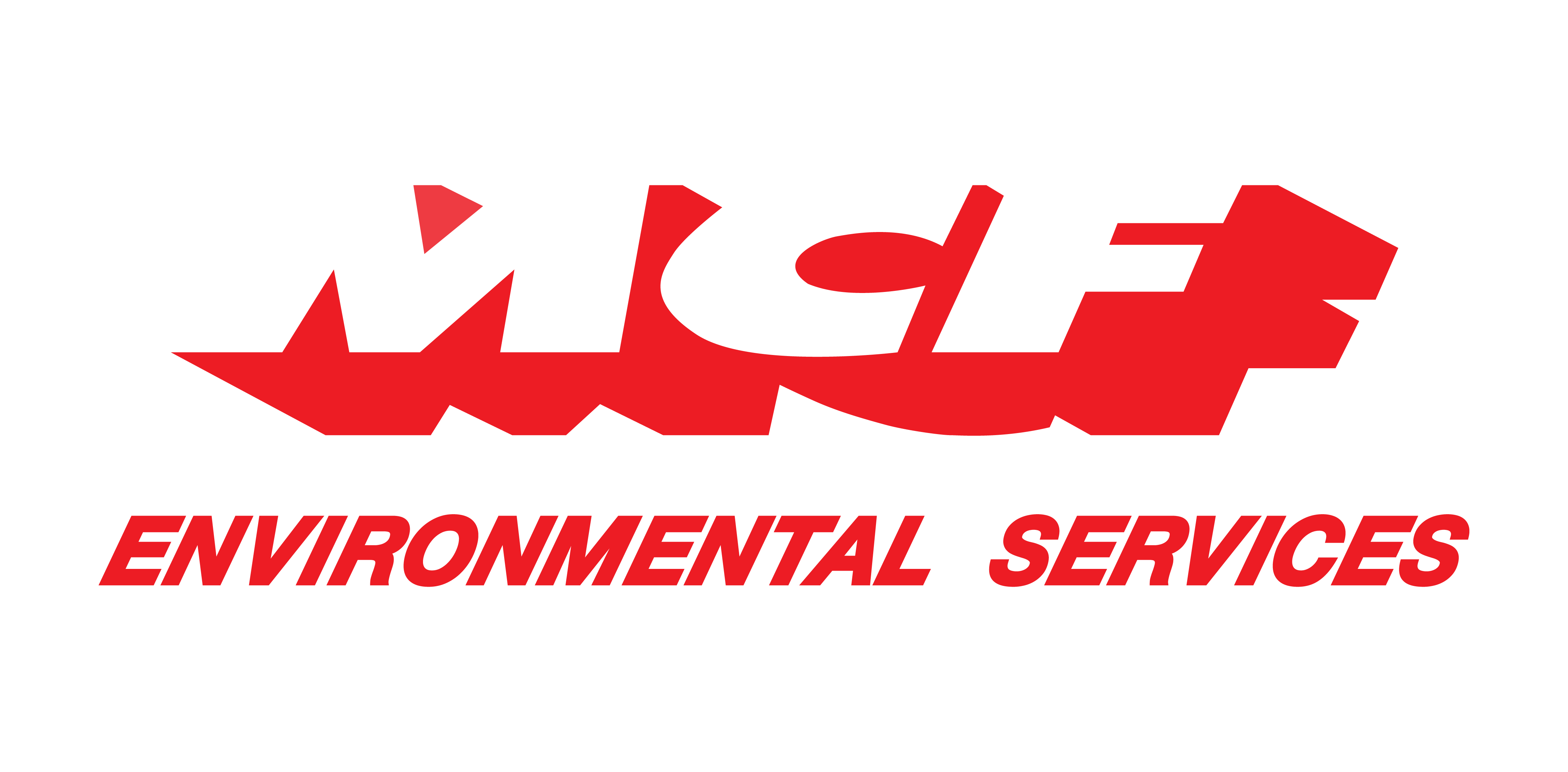
/ IN THIS BLOG
As the costs of disposing of waste in landfills continue to rise—costs in money and harm to the environment—organizations continue to seek better solutions. For many business leaders, a zero-waste-to-landfill path has crossed their minds many times; however, the upfront costs of this path are intimidating.
On the surface, landfills appear to offer the cheapest and most simple solution to waste, yet not only do alternative solutions offer a better long-term option, but the upfront costs are decreasing. With growing disposal costs and increased taxes and fees, landfills are quickly becoming a less economical solution.
One emerging solution many businesses are now turning to is the waste-to-energy initiative. This powerful waste disposal technique takes energy-rich waste and uses it to generate energy. Not only is waste converted to nothing more than ash, but it also generates energy in a responsible and sustainable manner. Best of all, facilities can use these initiatives in conjunction with recycling and other sustainability initiatives to achieve zero waste to landfill or simply zero landfill.
Consequently, alternative solutions to landfills, including waste-to-energy programs, are becoming more economical. Waste diversion strategies, including recycling and waste to energy, can dramatically reduce disposal costs while offering a more sustainable footprint. Here are the reasons every waste generator should consider pursuing zero landfill initiatives.
01 / Increasing Landfill Expenses
In the US, more than half of all waste continues to end up in landfills, removing valuable materials from the economy as well as releasing methane into the air and toxins into the soil and groundwater. The reason that landfills continue to be the default choice for many is the ease and affordability they appear to offer; however, the cost of using landfills is quickly rising.
According to research from Environment Research and Education, the national average tipping fee for landfill use increased by 8% in 2022. This marks a drastic increase, which is only likely to continue as the costs of transportation, inflation, and governmental fees continue to rise. In many cases, waste generators are charged additional taxes for sending waste to landfills that could have been avoided by using alternative methods.
Due to these baseline expenses and growing taxes for their use, the cost of landfills has grown to the point that the upfront costs are far more comparable to those of alternative methods. In fact, a study by the World Bank found that in many cases, the cost of alternative methods is lower than that of sending waste to the landfill. In the field of hazardous waste management, a waste manifest is a piece of paperwork required by the federal Environmental Protection Agency (EPA) and the Department of Transportation (DOT) in order to legally transport hazardous waste materials.
02 / Fewer Regulatory Burdens
Sending waste to a landfill, particularly hazardous waste, results in significant regulatory burdens. The Environmental Protection Agency (EPA) regulates hazardous waste generators based on the amount of hazardous waste they generate and dispose of. For example, a large quantity generator of hazardous waste, which includes any generator of 1 kg or more of acute hazardous waste or 1,000 kg of non-acute hazardous waste, must:
Provide training on hazardous waste management and emergency response to employees
Prepare written emergency contingency plans and make arrangements with emergency responders
Comply with biennial or annual reporting requirements
Maintain records of all waste documentation, submitted reports, and signed manifests for a minimum of three years
Prepare for site visits because the EPA may request to see all maintained documentation
This is not an exhaustive list of the federal requirements regulating large quantity hazardous waste generators, but it clearly illustrates the burden this status places on an organization.
03 / Potential Costs Associated with Generator Status
In many cases, states place additional regulations based on this category, often including a generator tax. Many states place a tax on the amount of hazardous waste that a facility generates, and in most cases, this is based simply on the weight generated. For example, as of January 1st, 2022, California law charges a flat rate per ton of hazardous waste generated for any site that generates five or more tons within a calendar year.
This is why it pays to reduce the applicable waste generator status whenever possible. The best way to do this is by reducing the generation of hazardous and non-hazardous waste whenever possible. In addition, reusing and recycling wastes can help to reduce the amount considered to be generated in many cases. In certain cases, it may be possible to treat hazardous wastes to remove non-hazardous components, thus reducing the final weight generated. These non-hazardous components can be recycled, reused, or even converted into energy.
04 / Reduced Liability
Facilities that generate hazardous waste retain liability for any waste they generate, even after they have it transported off-site to a landfill. This is referred to as “cradle-to-grave liability” and means that no matter how much time passes if issues arise from a generator’s waste, they will be liable. Implementing zero landfill initiatives removes the liability of trash sitting in landfills. While alternative methods of disposal still incur cradle-to-grave liability, they may render hazardous waste inert or result in fewer risks during the process. Thus, minimizing waste sent to landfills is one way a waste generator can attempt to reduce their long-term liability for hazardous waste.
05 / Accomplishing Zero to Landfill Through Waste to Energy
The great thing about waste-to-energy programs and zero landfill initiatives is that they can form two pillars of a comprehensive, ecologically responsible strategy for managing waste, especially hazardous waste. Waste-to-energy disposal can go a long way towards reducing trash sent to landfills while at the same time offsetting the costs of switching waste management processes. By taking advantage of the remaining potential found in waste, businesses can eliminate their contribution to local landfills while simultaneously generating energy to save costs.
Implementing a goal for sending zero waste to landfills offers a myriad of benefits for waste generators–from minimizing their liability to saving money to reducing red tape. Thus, not only does zero waste to landfills help businesses meet goals for environmental stewardship, but alternative disposal methods offer the possibility of reducing operating costs, among several other tangible benefits.
06 / Take a New Look at Zero Landfill with Waste-to-Energy Options
Any business that generates a significant amount of waste, particularly hazardous waste, should weigh the gains of beginning a zero-waste-to-landfill strategy. Moreover, they should look at waste-to-energy disposal methods as a means of achieving zero-to-landfill and mitigating the costs of switching disposal plans. Working with a waste management company can allow waste generators to consider the full spectrum of waste disposal options available to them and to choose the solution that is simplest, most environmentally friendly, and most cost-efficient.
Robert Losurdo
President, COO








